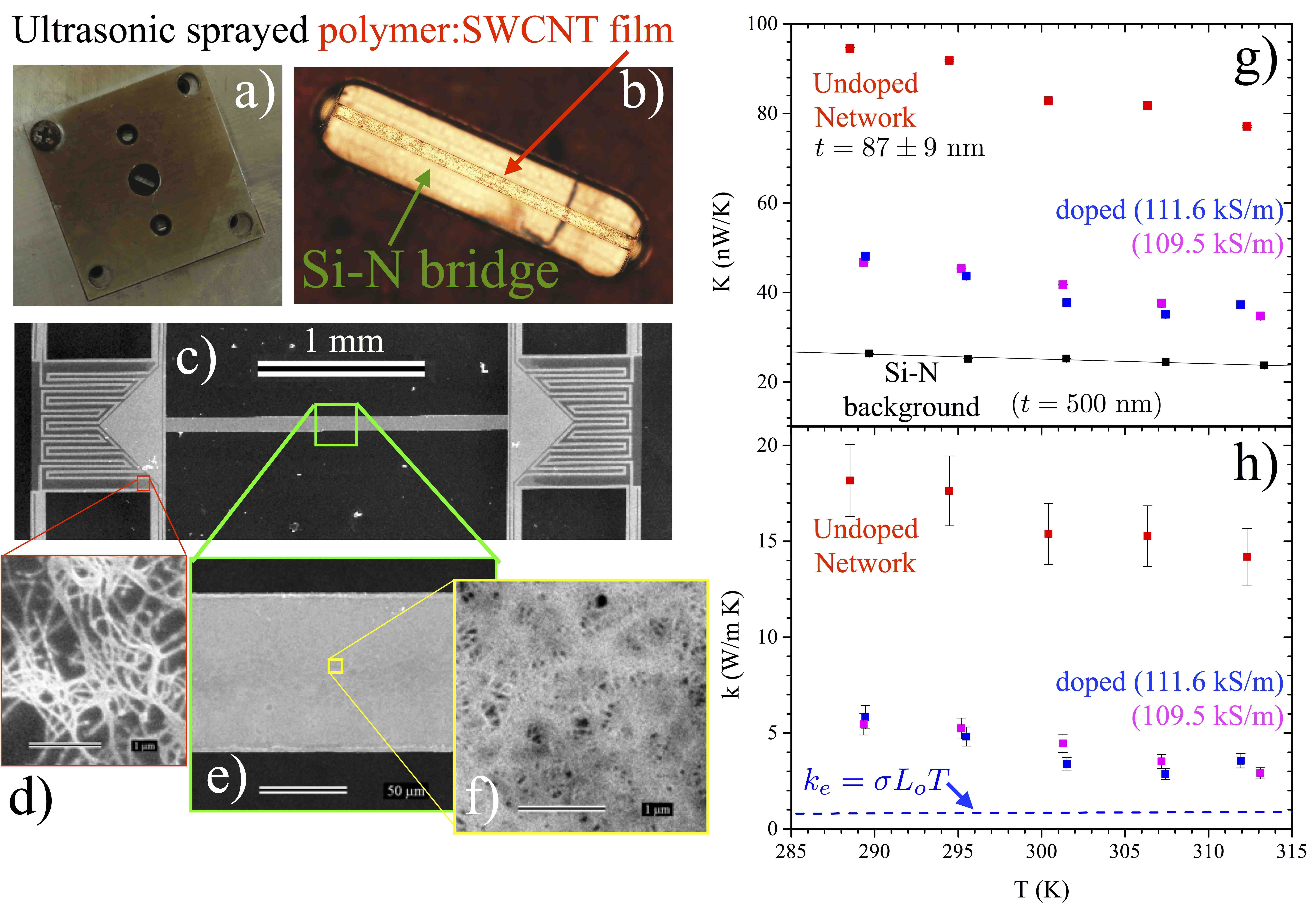dropdown menu css by
Css3Menu.com
Continued progress in materials for thermoelectrics will lead to important
applications for power generation and more efficient energy utilization, and
could play a vital role in meeting our current global energy
challenges. The potential of a thermoelectric material is determined
by the dimensionless figure-of-merit, ZT, which is directly proportional to
a material's Seebeck coefficient and electrical conductivity and inversely
proportional to its thermal conductivity. Larger values of ZT result
in better thermoelectric devices.
Current thermoelectric devices are based on materials with ZT~1. If
this value could be increased to 3-4, the resulting gains in the efficiency
will allow broader application of thermoelectric devices. However, the
materials properties in ZT are usually determined by the same physics and
impossible to separately optimize.
We are exploring a range of potential materials able to break this
"log-jam," ranging from magnetic materials to (in collaboration with NREL
and MSU) polymer/carbon nanotube hybrid films. An example of our work
is below, see Publications for
more information.

Summary of first efforts toward understanding thermal transport in
polymer:s-SWCNT thin films. a)
Shadow mask that protects the leads and legs of the TIP during ultrasonic
spray of the film performed by NREL collaborators. b)
a closer view through the mask reveals the Si-N bridge and the coated SWCNT
film. c-f) SEM micrographs of
various locations of the TIP with the sprayed polymer:SWCNT film.
Bundles of SWCNTs are visible in d)
and f). g-h)
Thermal transport in the undoped polymer:SWCNT film is large and entirely
via phonons (with no mobile carriers in this film). After doping,
despite a large increase in electrical conductivity, the thermal
conductivity drops.
